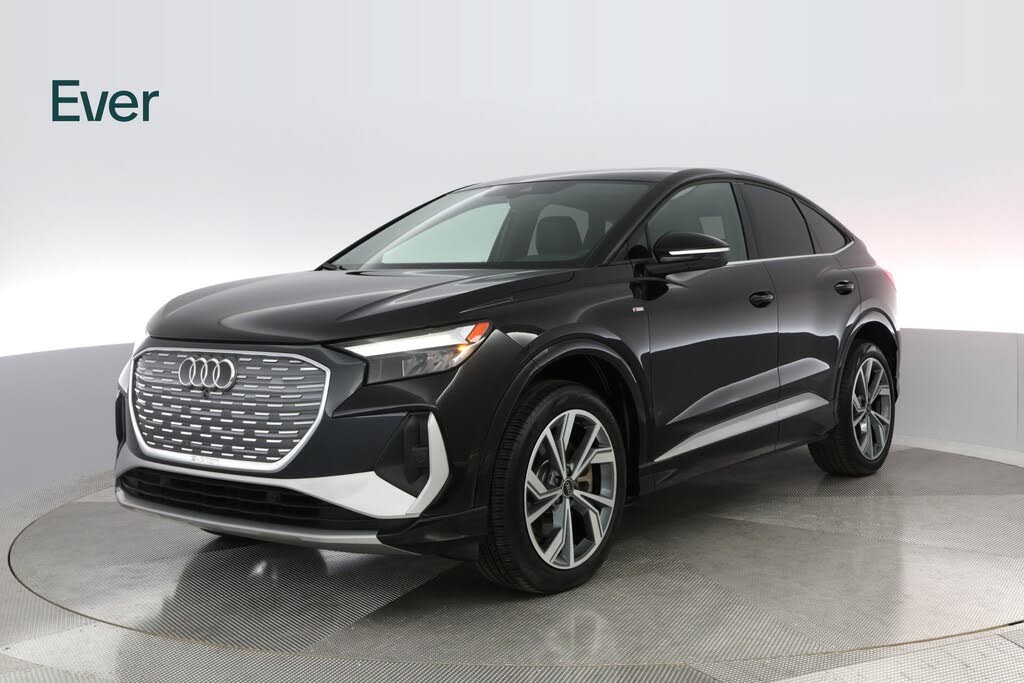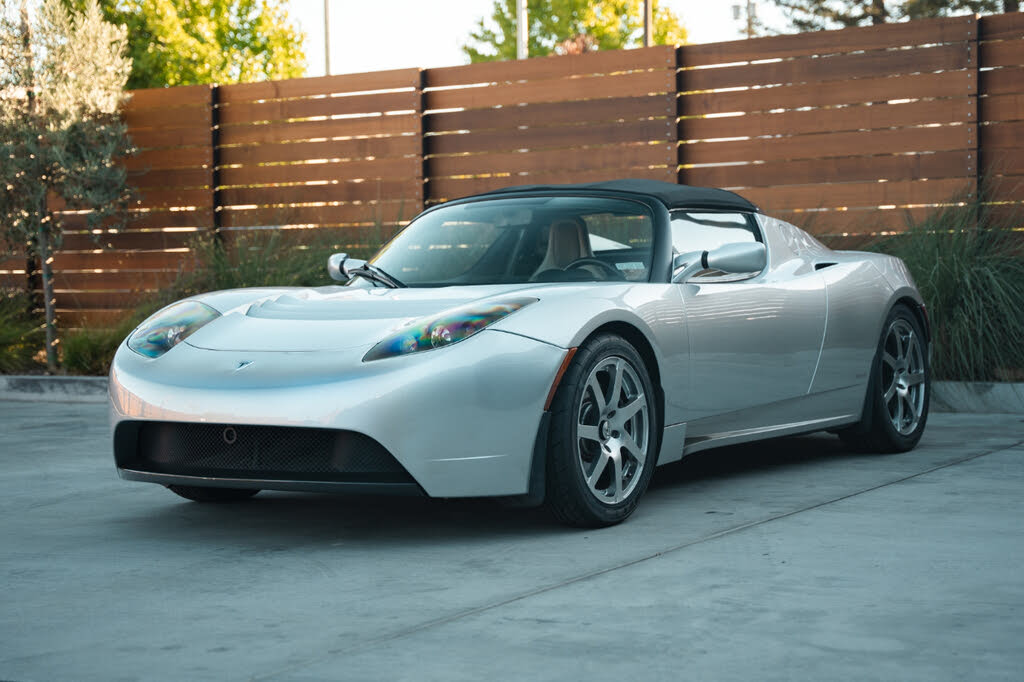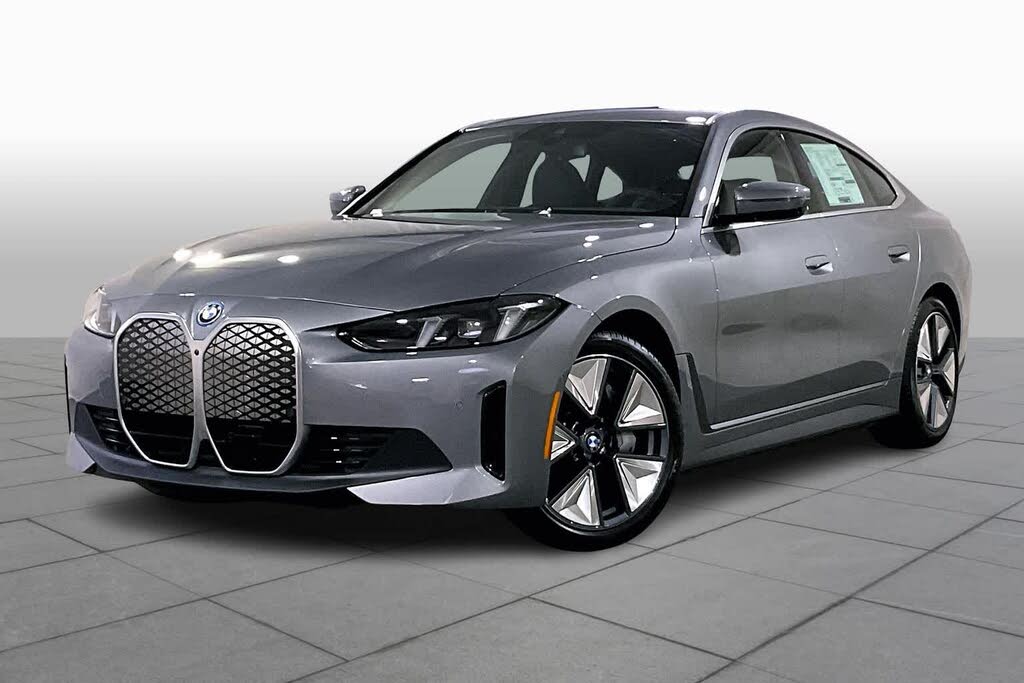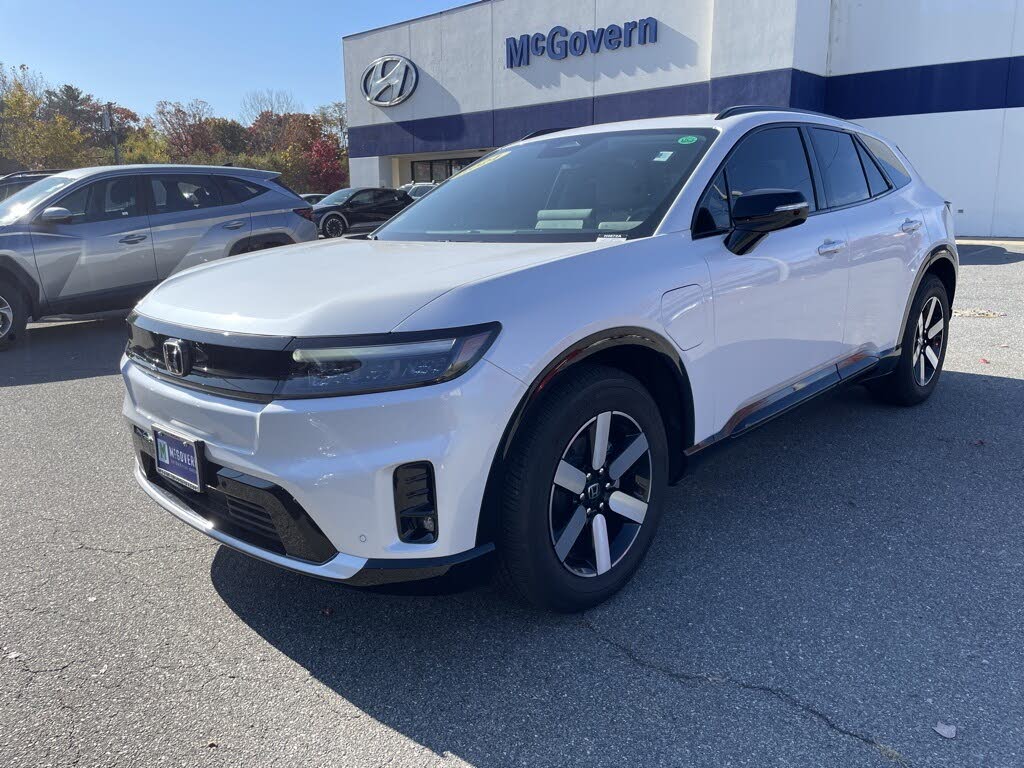Home > News & Blogs > New Federal Regulations Open EV Charging Network to All Electric Vehicles
New Federal Regulations Open EV Charging Network to All Electric Vehicles
EV Charging Expansion in the U.S.: Infrastructure, Accessibility, and Tesla’s Role
Addressing EV Adoption Challenges
One of the most significant barriers to widespread electric vehicle (EV) adoption is the lack of a robust public-charging infrastructure. While initial costs remain a concern, insufficient charging access, especially in rural areas, continues to deter many potential EV buyers. To address this, the U.S. government has introduced a comprehensive plan to enhance EV charging nationwide.
A $7.5 Billion Investment for a Reliable Charging Network
Under the Bipartisan Infrastructure Law, the Biden administration has committed $7.5 billion to expand and improve the country’s EV charging network. This initiative aims to increase the number of public chargers from approximately 130,000 to 500,000 by 2030, ensuring that EVs comprise 50% of all new vehicle sales by then.
--TOP ADVERTISEMENT HERE--
American-Made Chargers for a Stronger Economy
As part of this investment, new federal regulations require that all chargers built with public funding be manufactured in the U.S. By July 2024, at least 55% of the components of each federally funded charger must be domestically produced, strengthening both the economy and supply chains.
Enhancing Charging Access Nationwide
The National Electric Vehicle Infrastructure (NEVI) program is allocating $5 billion to develop a comprehensive charging network along major highways. This initiative aims to reduce range anxiety, especially for long-distance travelers, and improve charging access in rural and underserved communities.
--FIRST CONTENT ADVERTISEMENT HERE--
Rural EV Adoption and the Infrastructure Gap
Currently, rural areas have significantly lower EV adoption rates than metropolitan regions, largely due to a lack of public charging stations. The Environmental and Energy Study Institute reports that rural areas have fewer than five registered EVs per 10,000 people, compared to major metro areas, which boast 10 to 100 EVs per 10,000 residents.
Standardizing the Charging Experience
To create a more seamless and predictable charging experience, new federal regulations include a 97% uptime requirement for public chargers, transparent pricing data, and standardized plug types. These measures aim to ensure consistency in charging speeds, payment methods, and accessibility.
--SECOND CONTENT ADVERTISEMENT HERE--
Tesla’s Supercharger Network: Opening Up to All EVs
Historically, Tesla's Supercharger network has been exclusive to its own vehicles. However, under the new federal guidelines, Tesla has committed to opening 7,500 of its Superchargers and Level 2 destination chargers to all EV owners by the end of 2024. Payments will be integrated through Tesla’s app and website for easy access.
--FOURTH CAR LIST HERE--
The Impact on Tesla Owners
While this move will provide non-Tesla EV owners with more fast-charging options, it could also increase competition for Tesla drivers seeking a Supercharger. Despite concerns about availability, Tesla remains a leader in customer satisfaction, outperforming other networks in reliability, according to J.D. Power studies.
--THIRD CONTENT ADVERTISEMENT HERE--
More Companies Expanding Charging Networks
Tesla isn't alone in its efforts to expand charging accessibility. Companies such as ChargePoint, Electrify America, EVgo, General Motors, Hertz, and Mercedes-Benz have pledged to install thousands of additional chargers at retail locations, dealerships, and along key highways.
--FIFTH CAR LIST HERE--
Looking Ahead: The Future of EV Charging
With increased funding, expanded networks, and standardized regulations, the U.S. is taking significant strides toward making EV charging more accessible and convenient. These efforts are expected to play a crucial role in driving EV adoption and reducing the country's reliance on fossil fuels.
--BOTTOM ADVERTISEMENT HERE--

Motorvero Richy
Last Updated On Mar, 08-2025








